
When a dead robin was found in the outdoor area at The Grove Nursery School in Camberwell, south east London, staff recognised it as a valuable learning opportunity.
‘Our philosophy is that we aim to make all learning experiences meaningful and have context, so rather than dispose of the robin, we thought it would be an interesting experience for the children to see it,’ says teacher Claire Navaie.
‘We felt that the death of a bird was a gentle introduction to the concept of death and something they could cope with. It is an important conversation to have with children because some time in their lives they will become aware of someone dying. Studying the robin in the way we did made it a thoughtful rather than an upsetting experience and gave us an opportunity to explore the topic of death in a real and recognisable way.’
THE CIRCLE OF LIFE
Children at the nursery enjoy bird-watching. They take part in the RSPB’s annual Big Garden Birdwatch and can identify the common species, including recognising the robin that would fly into the garden and visit the children playing in the sand pit.
‘One boy was fascinated by the robin since taking part in the Birdwatch, so we knew he’d be interested to see it, and others were very curious too,’ says Ms Navaie.
‘My colleague showed the bird to the children and gave them space to take it in and see what it was. She was very composed, so that enabled the children to have the time and space to think, ask questions and have a calm conversation.’
The children began to wonder why the robin died – ‘Will he fly again?’ and ‘What will happen to the robin if he is dead?’ they asked. The children showed that they knew the concept of death, and a girl ran onto the carpet and splayed herself out on the ground, acting out being dead. ‘Look, this is the robin. He’s dead,’ she said.
‘We explained that we didn’t know why the robin had died, but suggested that he may have been old or very ill. A couple of children particularly latched on to the idea of being old. One child gave it some thought and said, “Omi is old”, referring to her grandmother. She pondered that and a few minutes later commented that, “I don’t want to die”,’ says Ms Navaie.
‘We talked about the circle of life and how people and creatures are born, die, go into the earth and how it happens to everyone. We spoke about it in a sensitive way so it was not distressing for the children, who could internalise the conversation and come up with their unique questions and thoughts.’
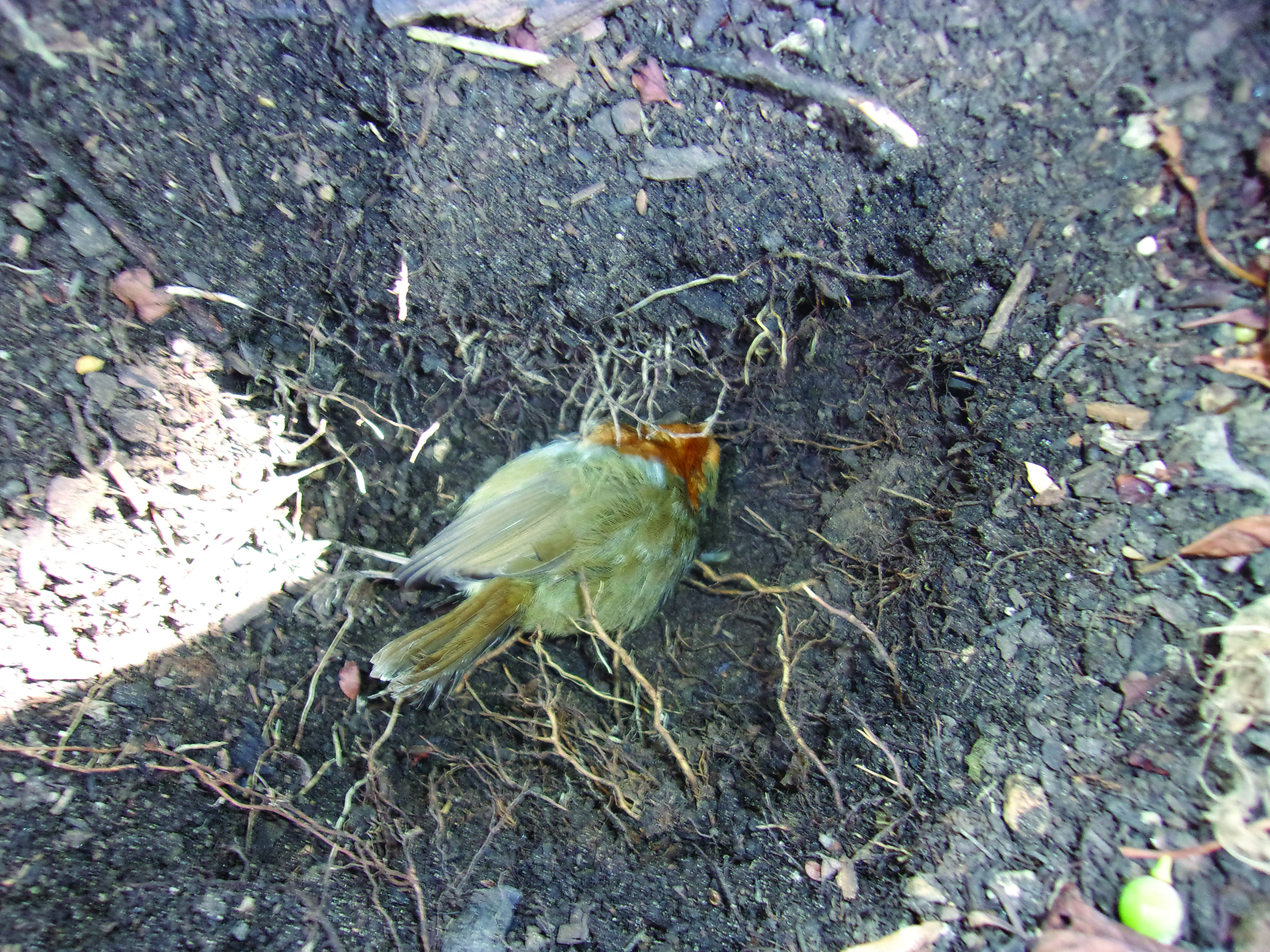
CLOSER INSPECTION
The children had the opportunity to look closely at the robin, with a group of around six being particularly curious. They were struck by how small everything was – its beak, eyes, legs and claws.
‘Looking at the bird was quite a slow process and one child got a magnifying glass to look at it closer,’ says Ms Navaie. ‘They could see the feathers up close and its red tummy. Some of the children have English as an additional language, so there was not a lot of talking, but there was a lot of absorbing what they saw.’
The children were asked what they thought they should do with the robin. One child knew that some people are buried when they die so it was suggested that they put the robin in the ground. They chose a suitable place in the garden and decided to use implements from the mud kitchen to dig a hole. They took turns to dig and then bury the robin.
‘It was quite a calm, dignified and thoughtful process,’ says Ms Navaie. ‘It was respectful and gentle, with the children as the main participants and my colleague and myself on the sidelines supporting the children to go at their own pace.’
Once the robin was buried, the children decided to pick flowers from the nursery’s allotment to lay on the grave to make it look nice.
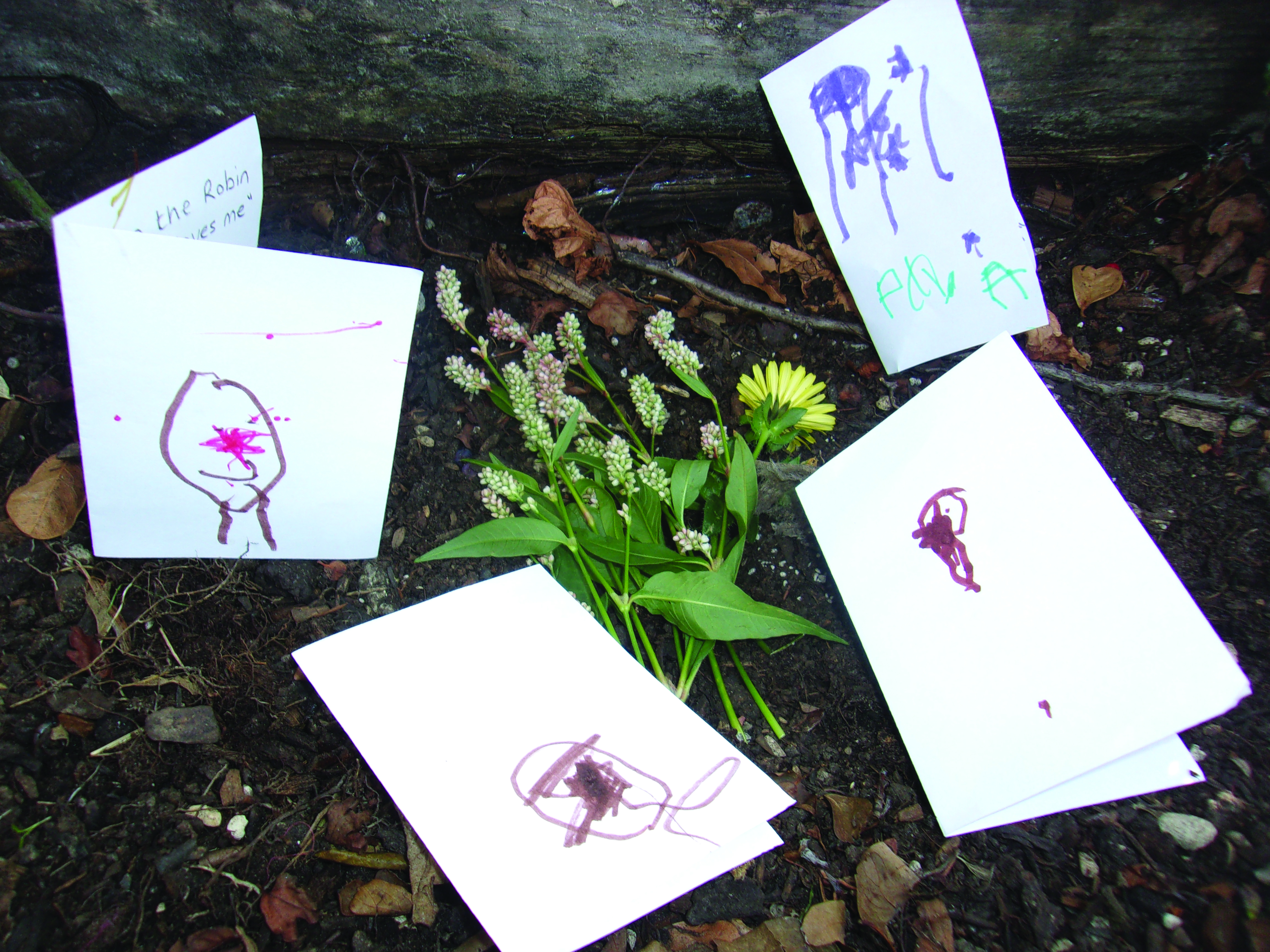
IN REMEMBRANCE
It is not the first time the nursery staff have supported children to talk about death and say goodbye to a creature. When one of the nursery’s pet guinea pigs died a year ago, the children made a condolence book. They thought about what they liked about the guinea pig – such as that he was soft, cuddly and cute – and wrote it down along with drawings.
Ms Navaie buried the guinea pig in her own garden, but one child kept asking for confirmation that the guinea pig was still dead. Ms Navaie took a photograph of where it was buried to give the child a more concrete understanding of what had happened.
She learnt from the experience and ensured that with the robin, the children had a complete process. ‘They saw the dead robin, had the process of digging a hole and actually put it in the ground,’ she says.
This time, the children had the idea of making cards – something they sometimes do if they want to say sorry or thank you – to place on the grave. ‘The children wrote down some of their thoughts into the cards and wrote some lovely words that came straight from them, expressing their love and sorrow and that they thought the bird was beautiful,’ says Ms Navaie.
Children talked about what would happen to the bird in the ground, and it was suggested that perhaps the worms would eat it. One child wrote, ‘The worms will eat the robin. I love the robin.’
At home time, staff explained to parents what they had done so that they understood the children’s exploration and could answer any further questions.
REVISITING THE EXPERIENCE
The group of children who buried the robin attend the nursery part-time and it was five days before they returned. Ms Navaie made a book with photos taken on the day so they could revisit the experience.
‘They said they found a robin that had fallen down dead,’ she says. ‘Some said how sad it was, while another said they didn’t know why he had died, and added, “I don’t know whether he will fly again”, which implied he hadn’t grasped the concept of the permanence of death. “He flied and he went weeee because he died,” said another as they acted out the robin falling through the sky. Another recalled that the robin died so we put him in the ground – confirming the process they had been through.’
The children checked the robin’s grave to see that the flowers and cards were still there.
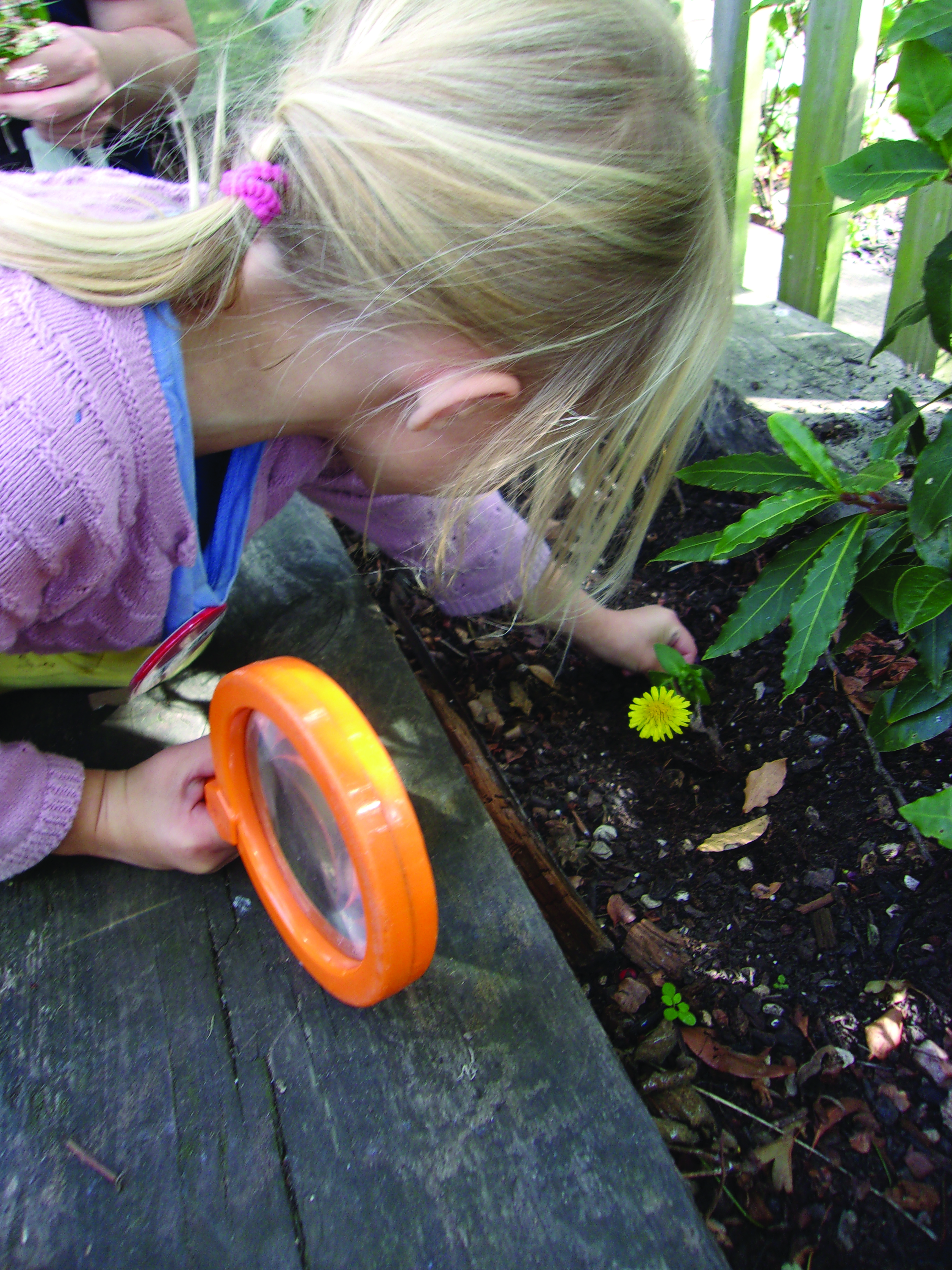
KIND AND CARING
The children have continued to be interested in bird-watching, and staff are planning to help the children use their woodwork skills to make bird boxes for other visiting robins.
‘Probably the central outcome was around being kind and caring,’ reflects Ms Navaie. ‘Even though the robin was dead, we still looked after him, which helped us to talk about respecting all creatures. The children spoke about death, but also being gentle and respectful.’
They are now fascinated by snails and worms, and staff encourage them to handle them carefully, like they did with the robin.
BOOK CORNER
 Fox: A Circle of Life Story by Isabel Thomas and Daniel Egnéus
Fox: A Circle of Life Story by Isabel Thomas and Daniel Egnéus
Fox finds food for her three cubs and teaches them how to survive in the wild. Then one day, fox dies. Her body goes back to the earth, nourishing and bringing the forest to life, showing death is an end, but also a beginning.
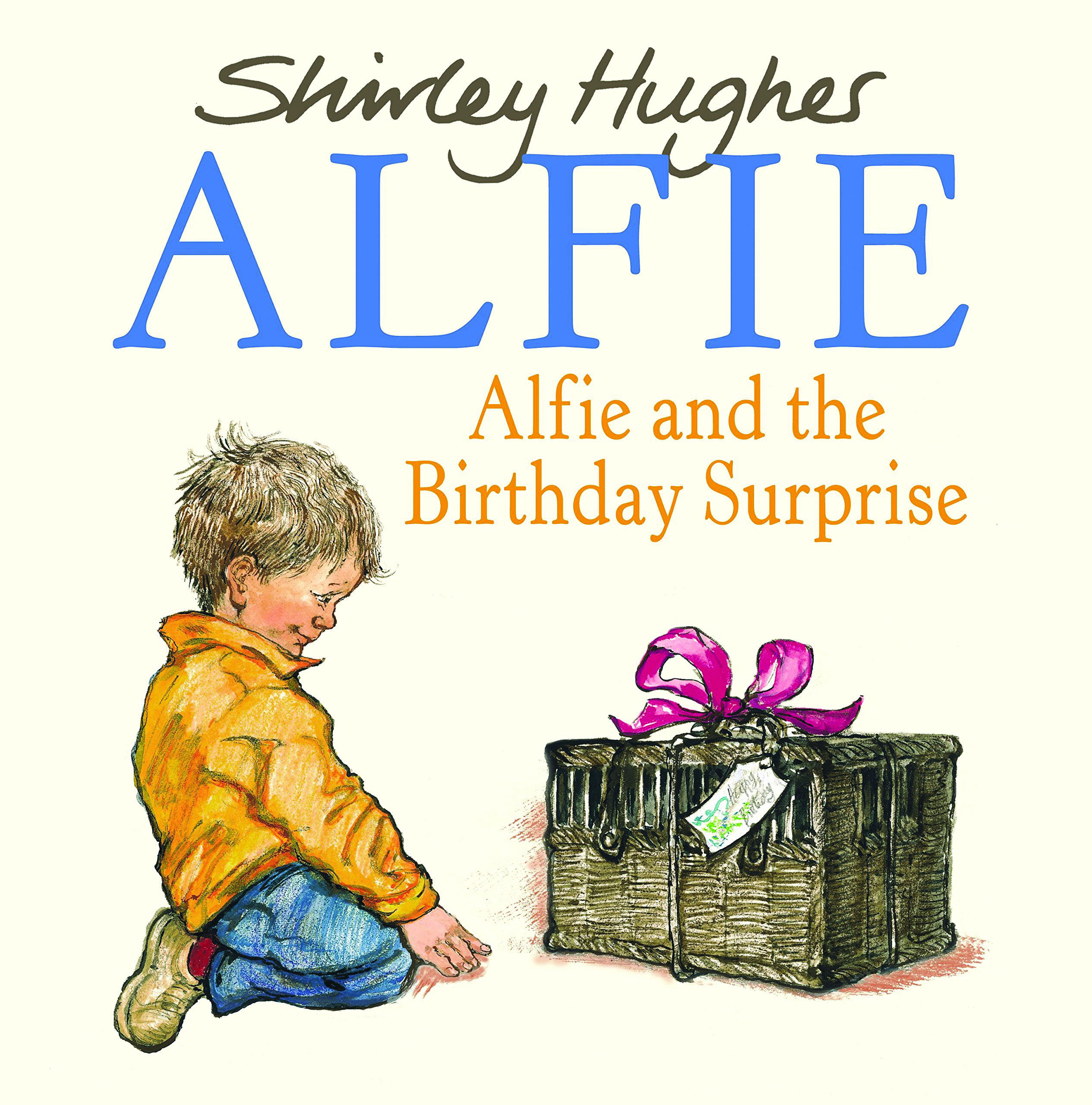 Alfie and the Birthday Surprise by Shirley Hughes
Alfie and the Birthday Surprise by Shirley Hughes
Alfie’s neighbour Mr MacNally is sad because his cat has died. The cat is buried in the garden and Alfie begins to feel better after having a cry, but how can he help his neighbour?
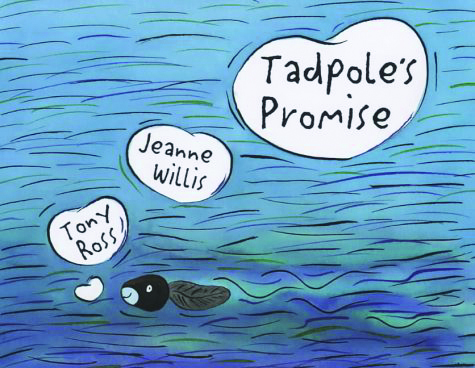 Tadpole’s Promise by Jeanne Willis and Tony Ross
Tadpole’s Promise by Jeanne Willis and Tony Ross
This book sensitively addresses the subject of death as it follows a tadpole as the seasons pass and he matures into a frog, munching on a butterfly and wondering what happened to that caterpillar.
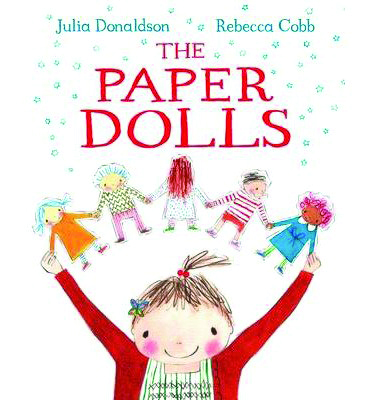 The Paper Dolls by Julia Donaldson and Rebecca Cobb
The Paper Dolls by Julia Donaldson and Rebecca Cobb
A string of paper dolls escapes a toy dinosaur and oven-glove crocodile. Then a very real pair of scissors threatens… The dolls may have met their demise but their memory lives on in the child’s mind as she grows up.
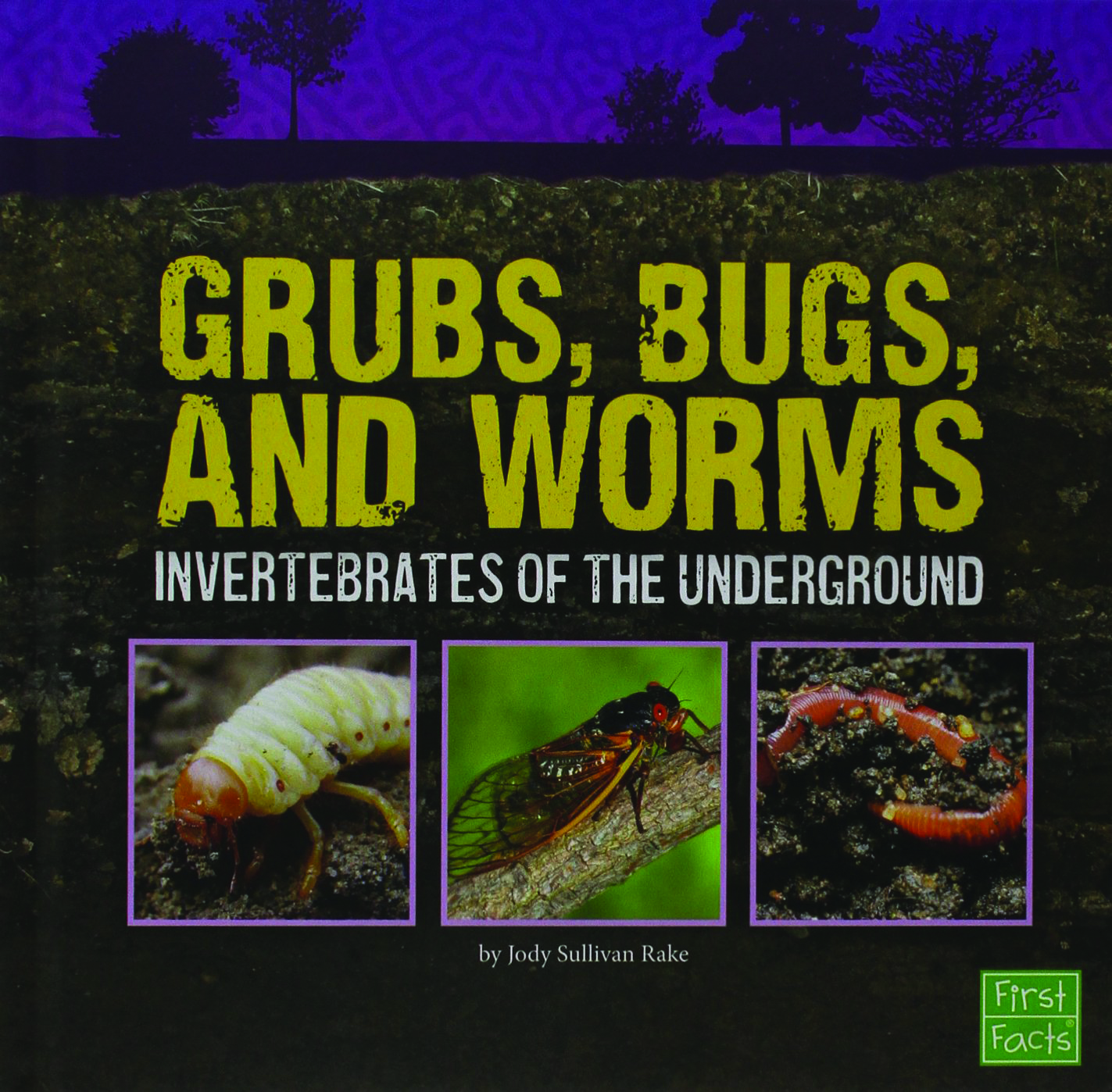 Grubs, Bugs and Worms: Invertebrates of the Underground by Jody Sullivan Rake
Grubs, Bugs and Worms: Invertebrates of the Underground by Jody Sullivan Rake
Discover the important roles that creepy crawlies – from spiders to earthworms – play in the ecosystem.
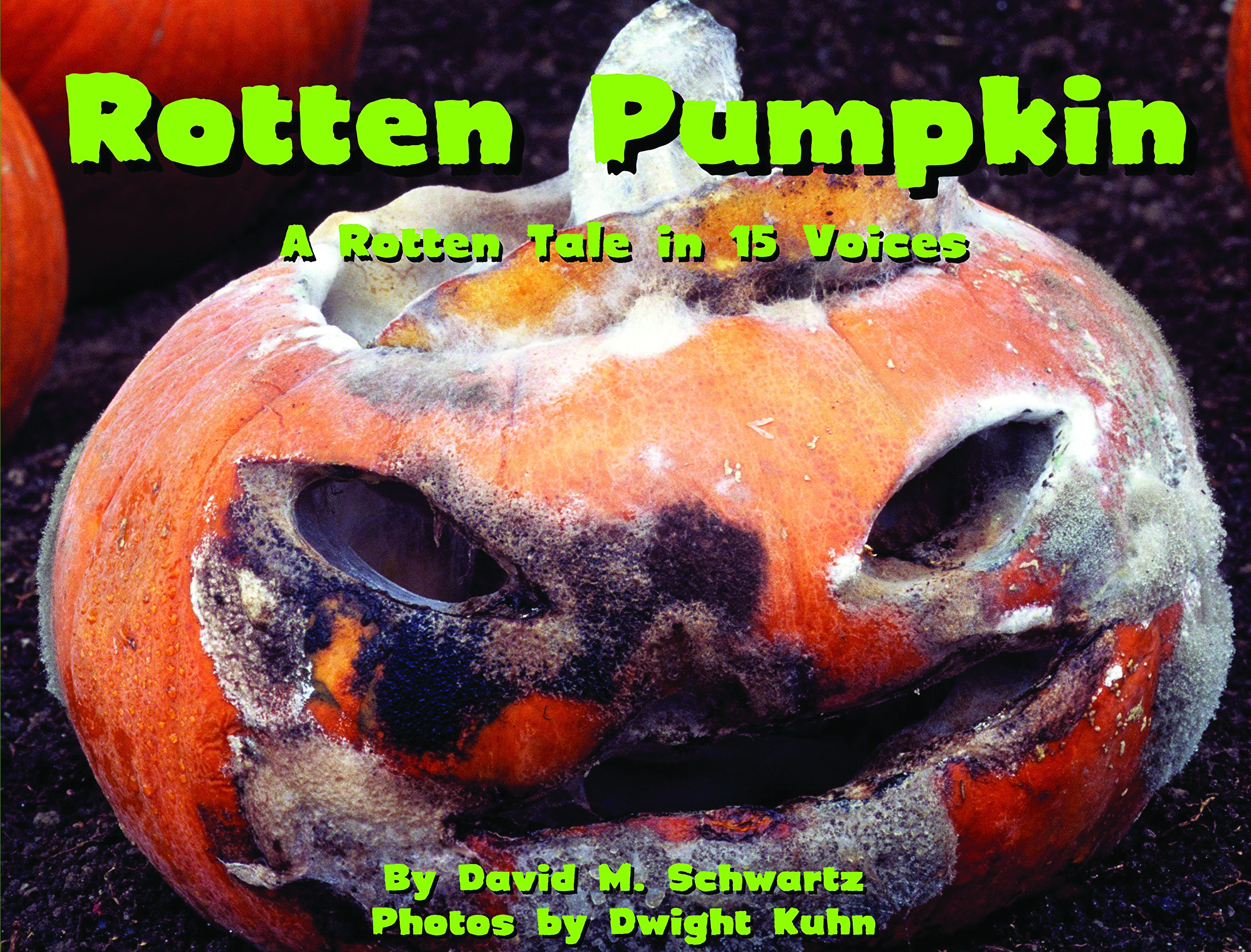 Rotten Pumpkin by David Schwartz and Dwight Kuhn
Rotten Pumpkin by David Schwartz and Dwight Kuhn
Compost won’t mean the same again after you have seen a carved pumpkin decompose and eventually become a hopeful green shoot, with creatures, mould, fungi and bacteria all playing an important part in the transformation.









